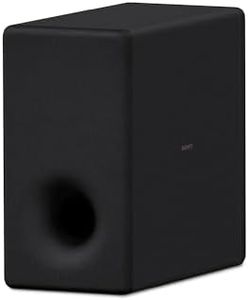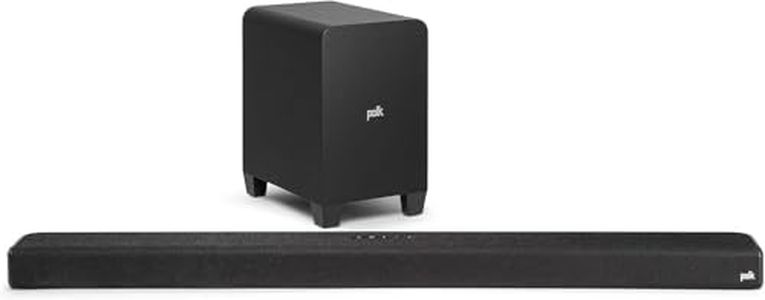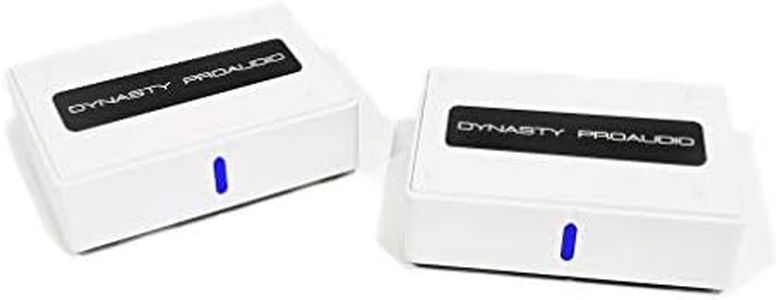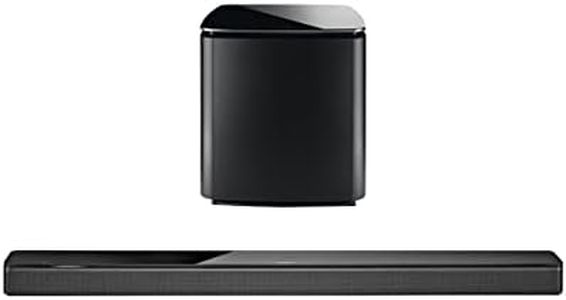We Use CookiesWe use cookies to enhance the security, performance,
functionality and for analytical and promotional activities. By continuing to browse this site you
are agreeing to our privacy policy
10 Best Wireless Subwoofers
From leading brands and best sellers available on the web.Buying Guide for the Best Wireless Subwoofers
Choosing the right wireless subwoofer can significantly enhance your audio experience, whether you're upgrading a home theater, building a gaming setup, or simply adding more depth to your music. Wireless subwoofers connect without the need for long cables, offering more flexibility in placement and a cleaner look in your room. To select the best one for your needs, it's important to understand a few key specifications and how they affect performance, room integration, and overall sound quality.Power Output (Wattage)Power output, measured in watts, indicates how strong and loud the subwoofer can sound. Higher wattage means more powerful bass, especially in bigger rooms or at higher volumes. Subwoofers can range from lower power (around 50-100 watts) to very high power (over 300 watts). For small rooms or casual listening, a lower-powered sub may be enough, while big home theaters or bass-heavy music lovers might opt for more powerful models. Think about your room size and listening habits when choosing the wattage.
Frequency ResponseFrequency response shows the range of bass notes the subwoofer can produce, often written as a range like 30Hz-150Hz. The lower the first number, the deeper the bass. Most human ears can hear down to 20Hz, and anything below 40Hz is considered deep bass. If you want to feel rumbling movie explosions or punchy music beats, look for a subwoofer that can go lower in frequency. If you only need light bass, a model with a higher minimum frequency might suffice.
Wireless Connectivity TechnologyWireless subwoofers can use different methods to connect to your sound system, such as Bluetooth, Wi-Fi, or proprietary systems. Some are designed to work only with certain brands or soundbars. Wireless options make setup easier and allow you to place the subwoofer wherever it sounds best. Check if the subwoofer is compatible with your existing gear and whether it offers a stable, lag-free connection. If you want maximum flexibility and easy set-up, choose a model with universal wireless compatibility.
Driver SizeThe driver is the part of the subwoofer that actually moves to create sound. Driver size, given in inches, usually ranges from about 6 to 15 inches. Larger drivers can move more air and produce deeper, more powerful bass, but also take up more space. If you want chest-thumping bass and have space for a larger box, go bigger. For smaller rooms or less intrusive setups, a smaller driver may make more sense.
Adjustable ControlsSome wireless subwoofers come with adjustable controls like volume, phase, and crossover. These settings let you fine-tune how the sub blends with your main speakers and fits your room acoustics. Volume control adjusts loudness, the crossover sets the highest frequency the subwoofer will play, and phase helps match the sub’s timing to your other speakers. If you like tweaking your sound for the best experience, look for models with more controls. For set-it-and-forget-it users, basic automatic settings may be enough.
Size and DesignSince subwoofers are physically larger than regular speakers, their size and appearance can affect how they fit into your room. Smaller units are easier to hide, while bigger ones may provide more powerful performance. The design also affects how the sub interacts with your furniture and walls. Choose a size and style that not only sounds good but also fits your living space and decor preferences.


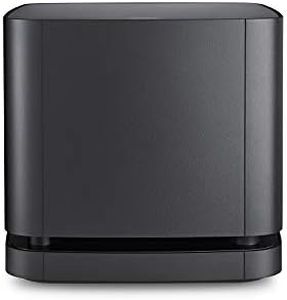
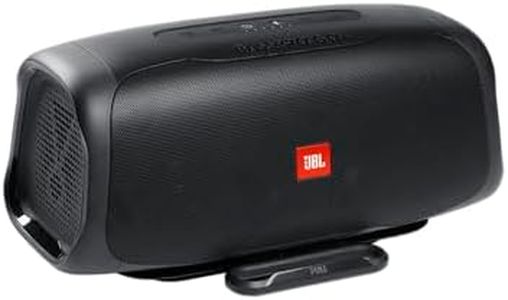
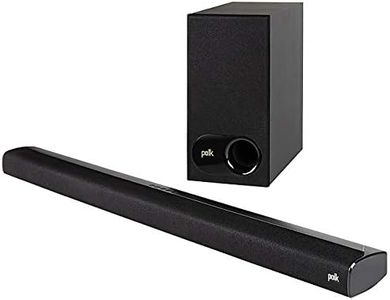
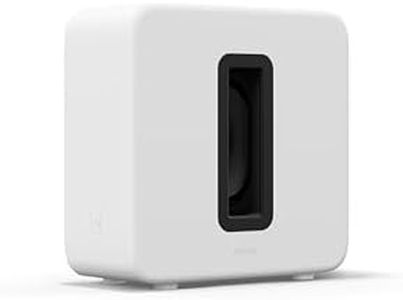
![LG DS40T 2.1 Soundbar (300W) with Wireless Subwoofer (ARC, HDMI, Optical, Bluetooth) [2024]](https://images-proxy.bestreviews.guide/EZ8APIGQMaqxmi-sojwoPreVWOM=/0x300/https://m.media-amazon.com/images/I/21cpVMEqIoL._AC_CX679_.jpg)
